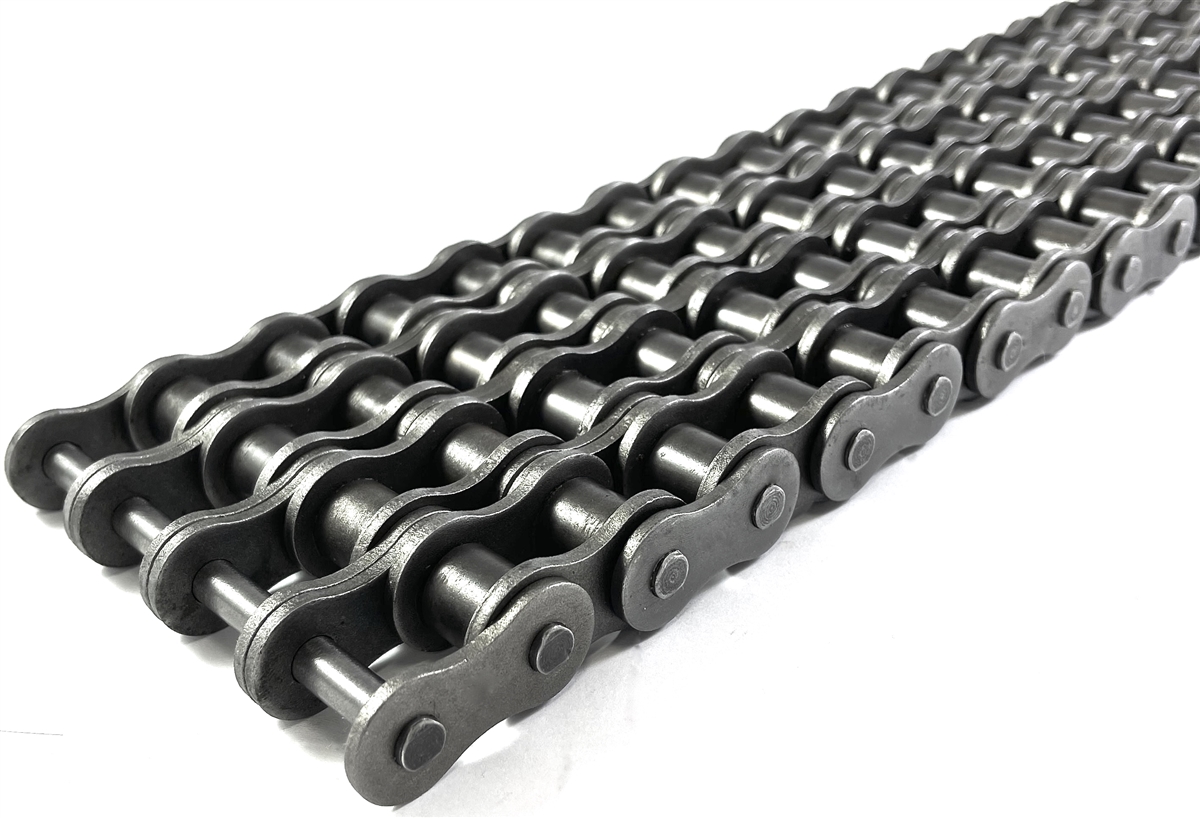The main failure modes of the chain are as follows:
1. The chain is fatigued and fails
Assuming that the lubrication conditions are better, and it is also a relatively wear-resistant chain, when it fails, it is basically caused by fatigue damage. Since the chain has a tight side and a loose side, the loads that these components are subjected to vary. When the chain rotates, it will be stretched or bent due to the force. The parts in the chain will gradually have cracks due to various external forces. After a long time, the cracks will appear. It will gradually become larger, and fatigue and fracture may occur. Therefore, in the production chain, various measures will be taken to improve the strength of the parts, such as the application of chemical heat treatment to make the parts appear carburized, and there are also methods such as shot peening.
2. The connection strength is damaged
When using the chain, due to the load, the connection between the outer chain plate and the pin shaft, as well as the inner chain plate and the sleeve may loosen during use, causing the holes of the chain plate to wear , the length of the chain will increase, showing failure. Because the chain plate will fall after the riveted center of the chain pin head is loose, and the chain link may also fall apart after the center of the opening pin is cut, resulting in the failure of the chain .
3. The chain fails due to wear and tear during use
If the chain material used is not very good, the chain will often fail due to wear and tear. After the chain is worn, the length will increase, and it is very likely that the teeth will be skipped or the chain will be disconnected during use. The wear of the chain is generally in the center of the outer link. If the inside of the pin shaft and the sleeve is worn, the gap between the hinges will increase, and the length of the outer connection will also increase. The distance of the inner chain link is generally affected by the generatrix on the same side between the rollers. Since it is generally not worn, the length of the inner chain link will generally not increase. If the length of the chain increases to a certain range, there may be a case of off-chain, so its wear resistance is very important when producing the chain.
4. Chain gluing: When the chain runs at too high a speed and the lubrication is poor, the pin shaft and the sleeve are scratched, stuck and cannot be used.
5. Static breaking: When the load peak exceeds the allowable breaking load at low speed and heavy load, the chain is broken.
6. Others: Repeated starting of the chain, multiple breaks caused by braking, forward and reverse rotation, thinning of the chain plate due to side grinding, or wear and plastic deformation of the sprocket teeth, sprocket installation may not be in the same plane, etc. causing the chain to fail.
In order to reduce the occurrence of problems, chain manufacturers must be very careful when producing products to ensure product quality and reduce the probability of failure.
Post time: Mar-15-2023




